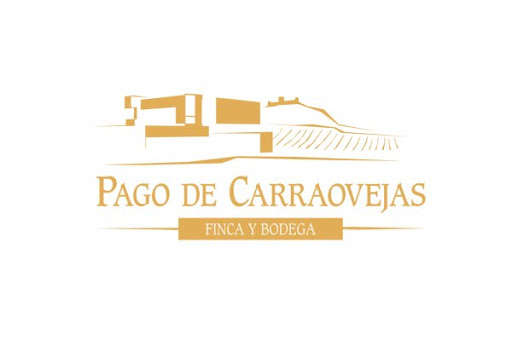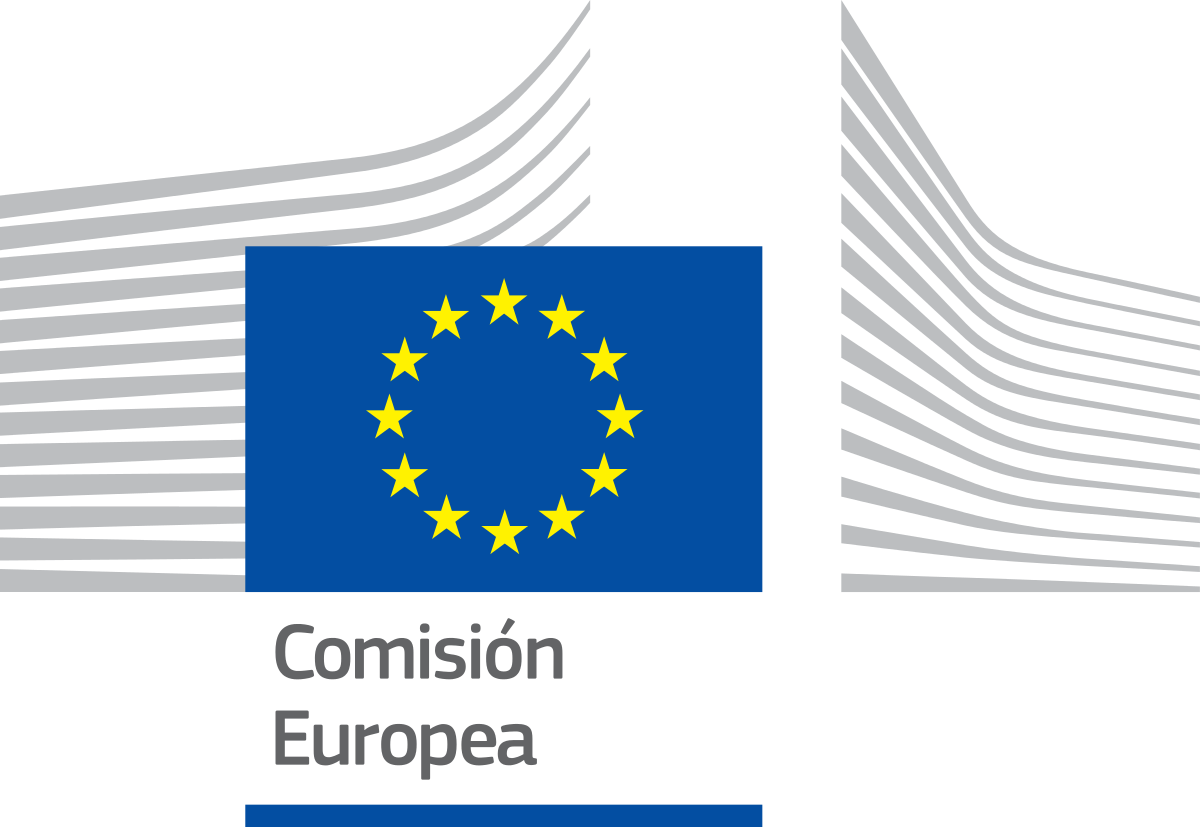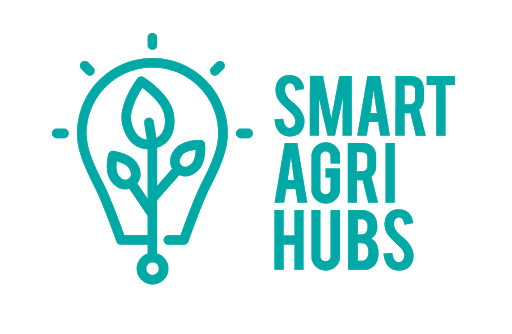Context
Pago de Carraovejas, is a wine company established in the 1970s that has carved out an image of quality in wine thanks to the effort to establish a high level of control over all its production processes, is immersed in a process of digitalization of the different processes to be carried out in the wine value chain, from the vineyard itself to the glass in the consumer, in order to optimize resources, reduce costs and improve quality and food safety, for which it is implementing, among other things, a platform for the traceability of the product in all its stages.
However, one of the processes in which Pago de Carraovejas has detected the greatest margin for improvement is the palletization of products. Once the wine bottles are labelled and packed in boxes of different units, they are reserved in the warehouse of the winery. After that, each time a specific national or international customer (distributor, supermarket, restaurant, etc.) places an order, it is received in the ERP of Pago de Carraovejas, each order involves the formation of one or more pallets made up of a combination of boxes with different volumes, weights and levels of fragility during the picking process before loading and transport to the customer. The arrangement of boxes on each pallet is a process carried out by workers based on their experience. The transport companies charge according to the number of pallets sent, as well as the volumetric weight of each one of them (proportional both to their weight and their volume).
In this sense, Pago de Carraovejas is looking for a solution to increase the load capacity of each pallet, thus reducing the number of pallets required in shipments and reducing transport costs. Such a solution should provide the optimum arrangement of boxes on each pallet for workers in the palletizing process through an interface that respects ergonomics in the work environment.
Objetives
- Provide the optimum arrangement of boxes on each pallet for workers in the palletizing process through an interface that respects ergonomics in the work environment
- Reduction of the costs
- Increase of the average load capacity of each pallet
- Reduction of the average time invested in palletizing products
- Reduction of the average subjective workload of worker

Impact
- Reduction of the costs associated with pallet shipments by 20%, due to the reduction in the total number of packages and the reduction in their volumetric weight.
- Increase of the average load capacity of each pallet by 25%.
- Reduction of the average time invested in palletizing products by 15%.
- Reduction of the average subjective workload of workers (using as a metric the NASA Task Load Index, a combination of mental demand, physical demand, temporal demand, performance, effort, and frustration level) by 10%, improving workers' occupational health and ergonomics.
Workplan
In this sense, and in order to provide a solution to the problem posed by Pago de Carraovejas, a module will be developed for the intelligent optimization of palletizing. To this end, a set of intelligent algorithms will be designed and implemented to optimize the layout of the boxes in the composition of the pallets. The algorithms will take into account the dimensions and maximum weight of each pallet; the dimensions, weight and level of fragility of each of the boxes according to the number and type of product they contain; as well as the transport tariffs of each order according to the number of pallets and volumetric weight.
To this end, the module for the intelligent optimization of palletizing will communicate with the ERP of Pago de Carraovejas. When an order is received by a customer, the ERP will read the composition of the order in terms of number of boxes and presentation of each product. Intelligent algorithms calculate the optimal arrangement of boxes on the various pallets, in order to minimize total transport costs by ensuring the integrity of the products in their shipment.
The system will provide the operator with instructions for shaping each pallet using a friendly and ergonomic human-machine interface. The user will also use an optical reader to mark the boxes he chooses from the warehouse, so that the inventory is automatically updated and the traceability platform is informed of each one of the states through which each product passes, associating each bo



